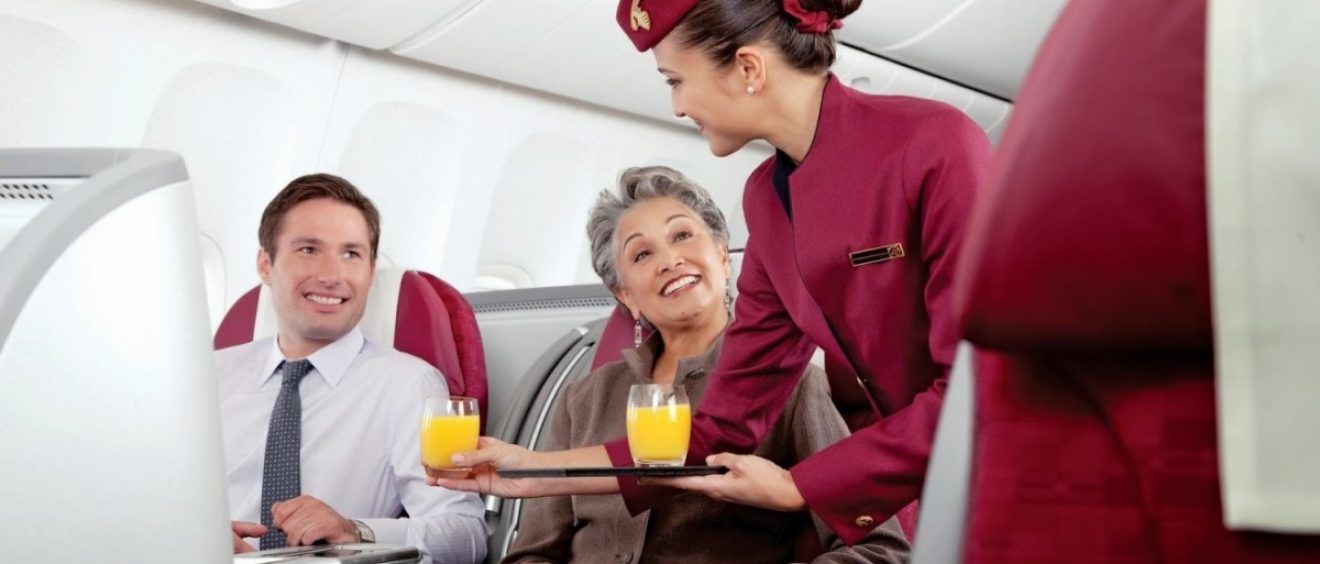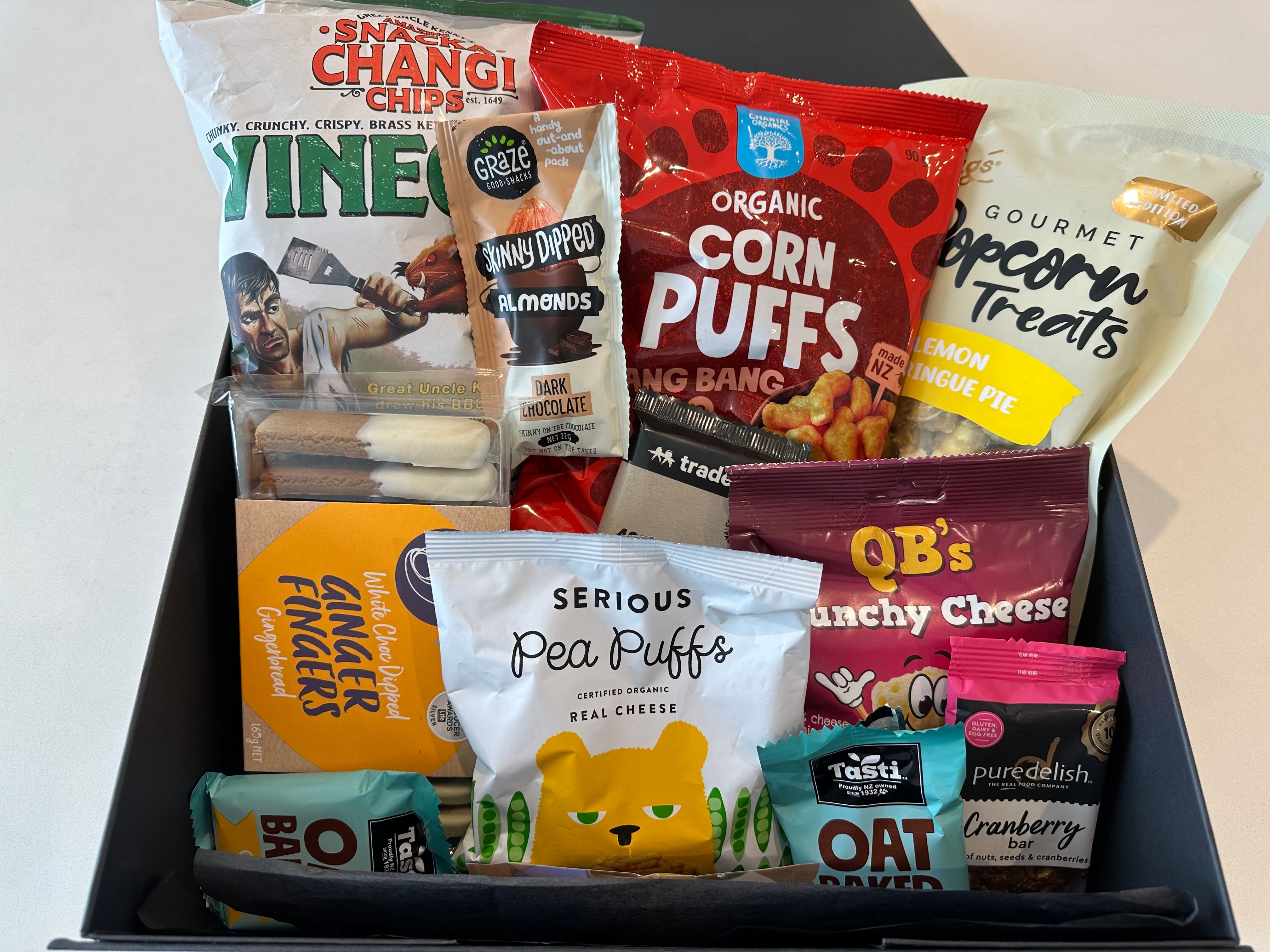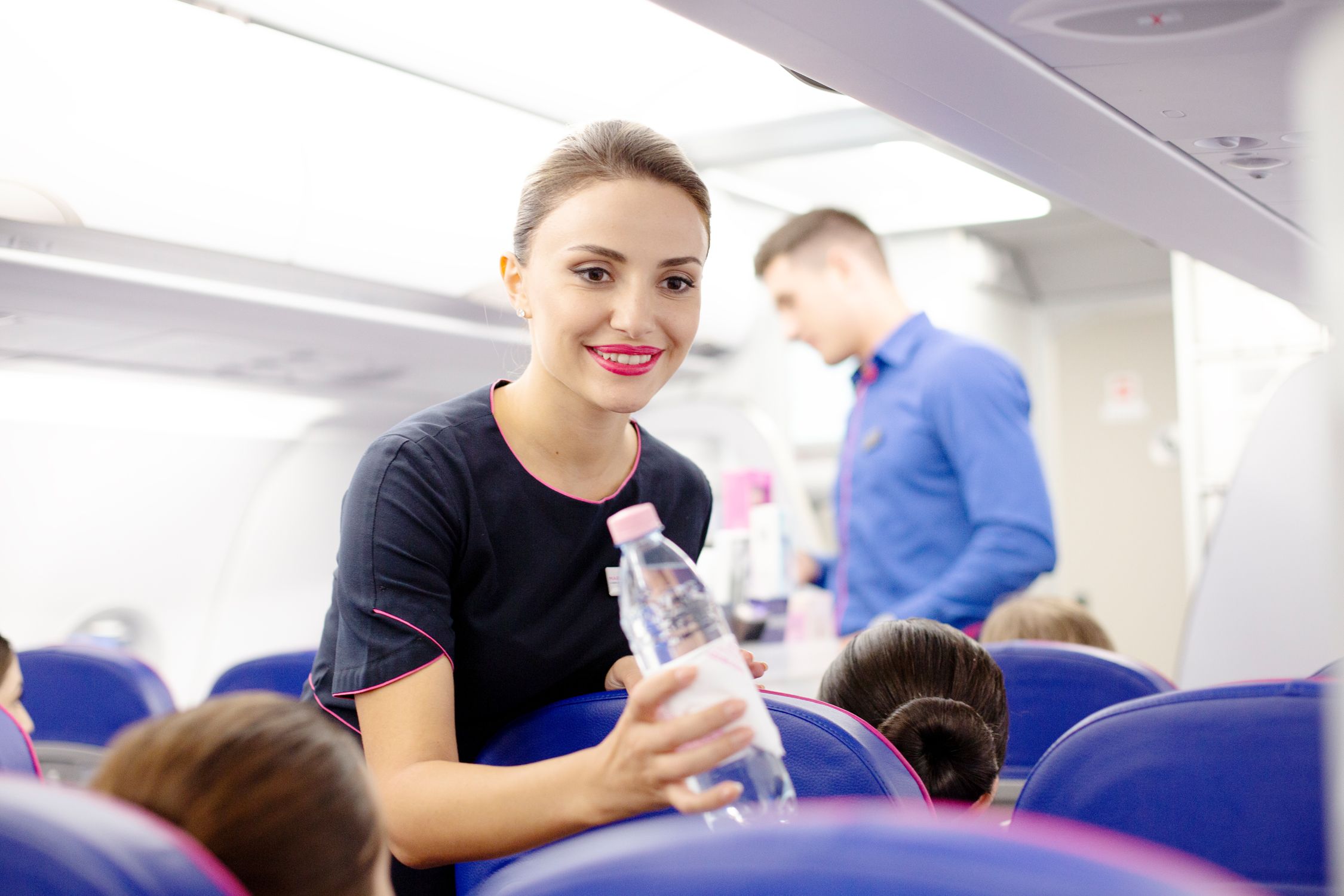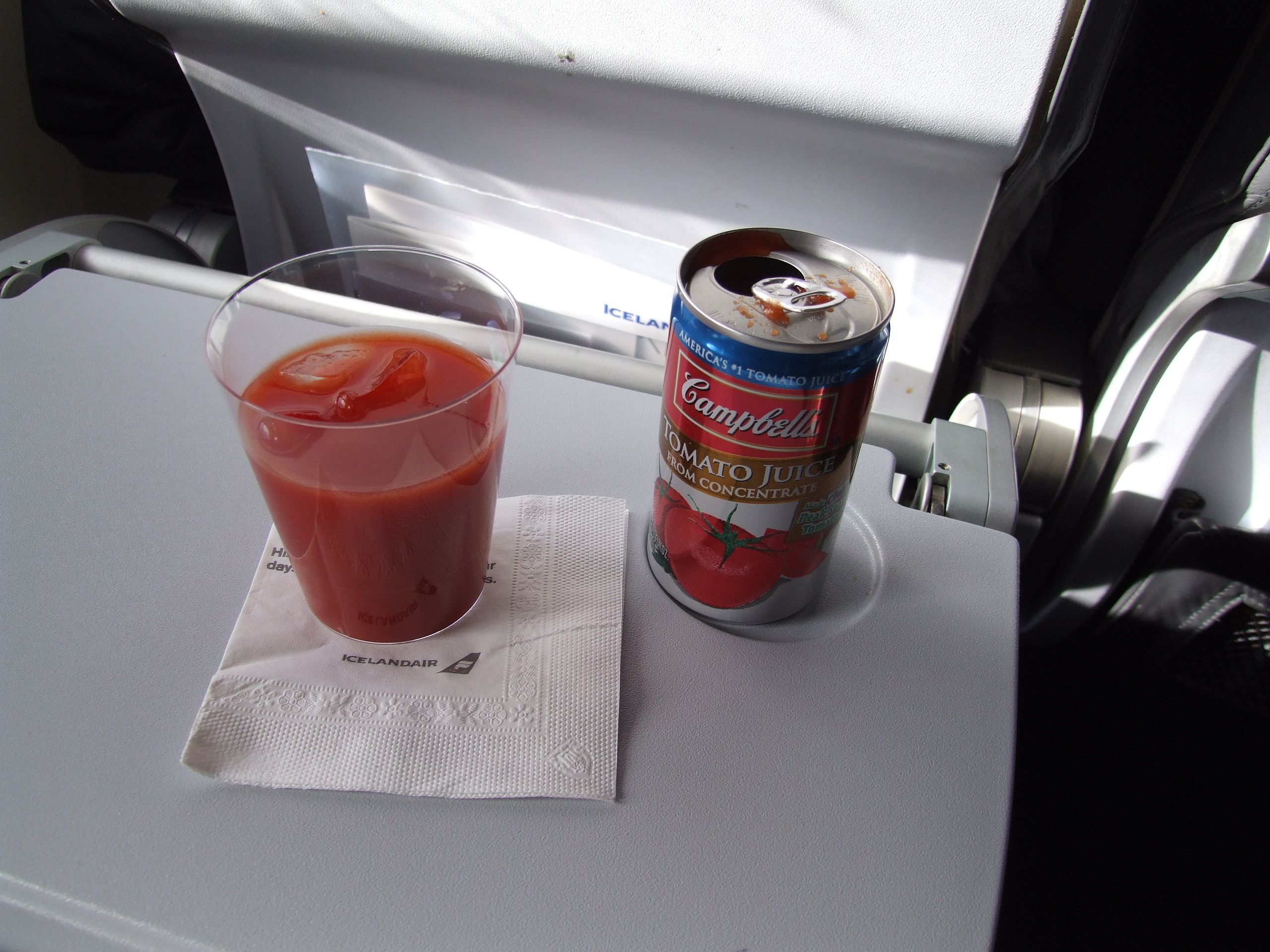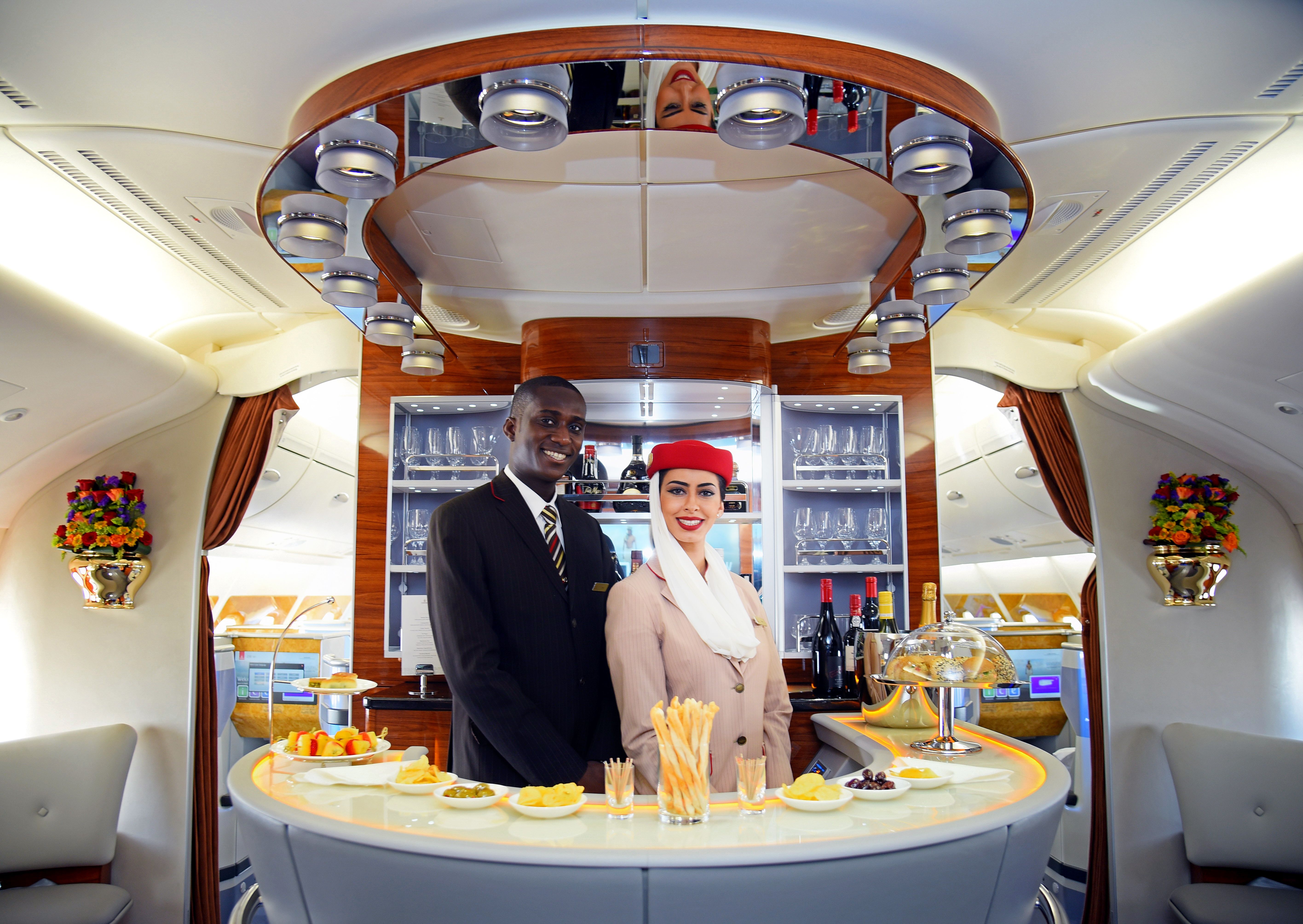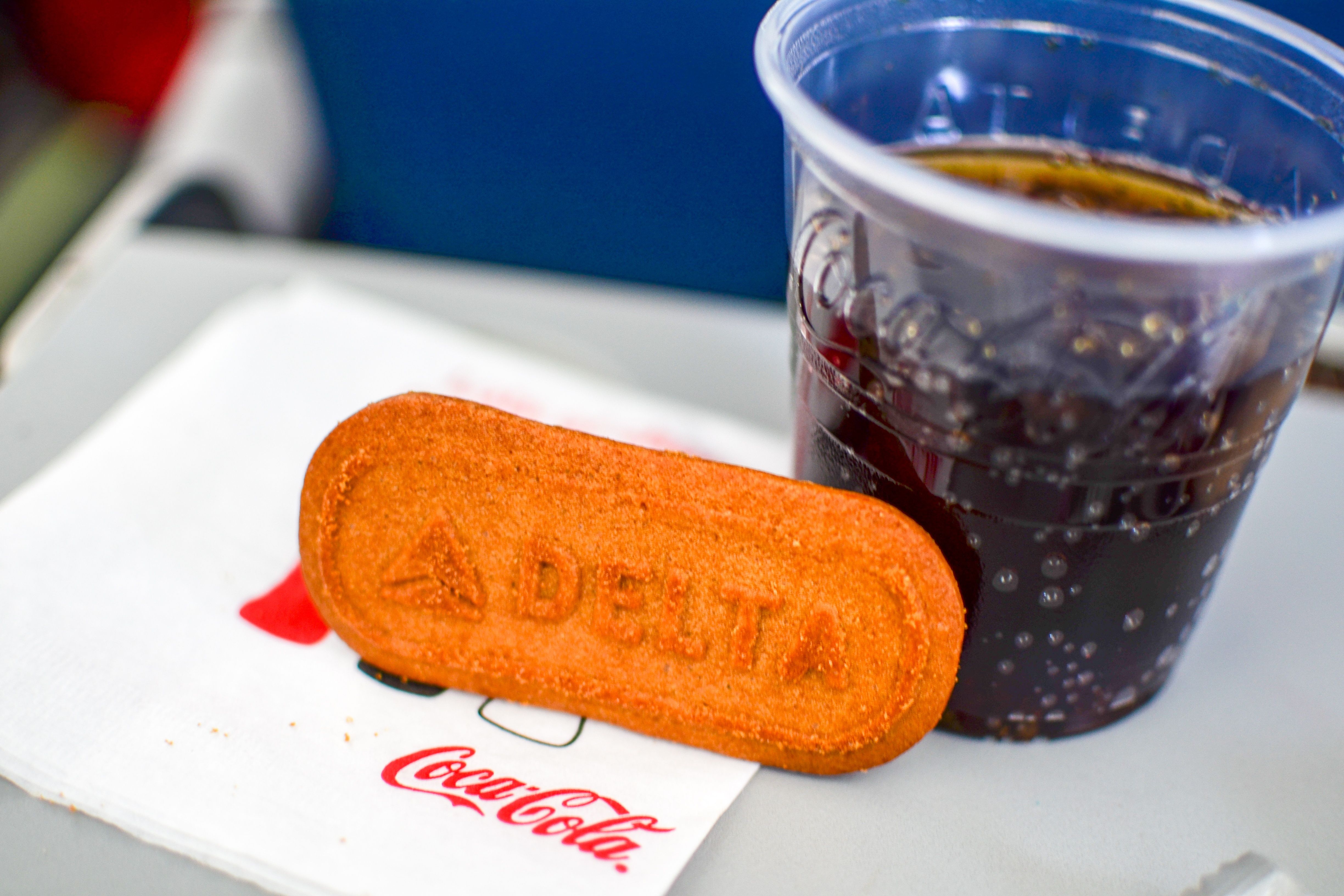Summary
- Bar carts have specific standards for setup and storage, including carbon fiber and dual cap doors.
- Airlines take regulations seriously regarding customs paperwork and sealing bar carts.
- Passengers should drink water and prepare for different taste perceptions during flight; tomato juice is popular.
Have you wondered how many different things flight attendants carry in their bar carts during an in-flight meal service? You would think a bar cart was just a trolley full of drinks ready for the flight attendant to start service. However, these slender carts are specially designed for safety, convenience, and accessibility.
Notably, a bar cart from a legacy carrier airline will look very different from a “buy onboard” service cart on a low-cost or charter airline. Let’s take a closer look at the international airline’s bar cart.
Standards
A specially designed aircraft service cart
- Housing made from carbon fiber reinforced composites
- A multi-compartment carrier
- At least two cap doors at opposite ends of the cart
- Each cap door pivoting nearly 270 degrees to bear against a side of the cart
- A redundant paddle latch system for each door.
Unsurprisingly, airlines have very set standards for setting up a bar cart. Every flight attendant sets up their cart similarly, although airlines may differ. Everything has its place, and the flight attendant knows precisely where to find anything they need. The customer experience or food and beverage team procures every item carefully to ensure the best quality products. Of course, on most large international airlines, the drinks are complimentary.
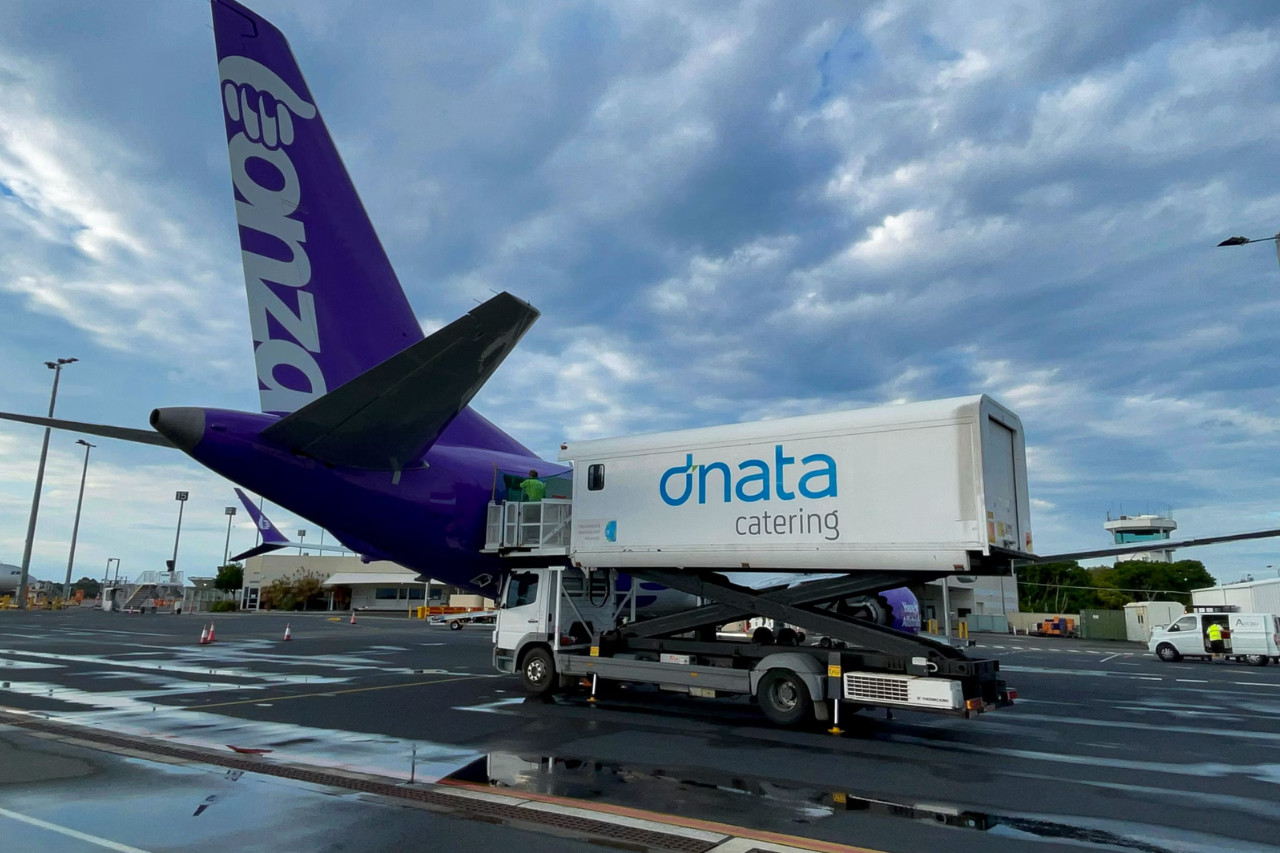
Related
Secrets Behind The Inflight Meal
Discover some surprising facts about onboard catering.
Regulations
For security reasons, the bar carts must be locked and sealed before and after every arrival and departure, and the flight attendants must fill in the correct paperwork. Some countries also require customs paperwork to be completed. There may also be special rules regarding locking and sealing bars, for example, in Saudi Arabia.
Photo: Qatar Airways
According to Egret, a German company specializing in design and manufacturing of aircraft service carts,
“Lightweight Carts are made of high-grade aluminum alloy extrusions and sheets, stainless steel hardware, with approved insulation foams which meet all fire property requirements.”
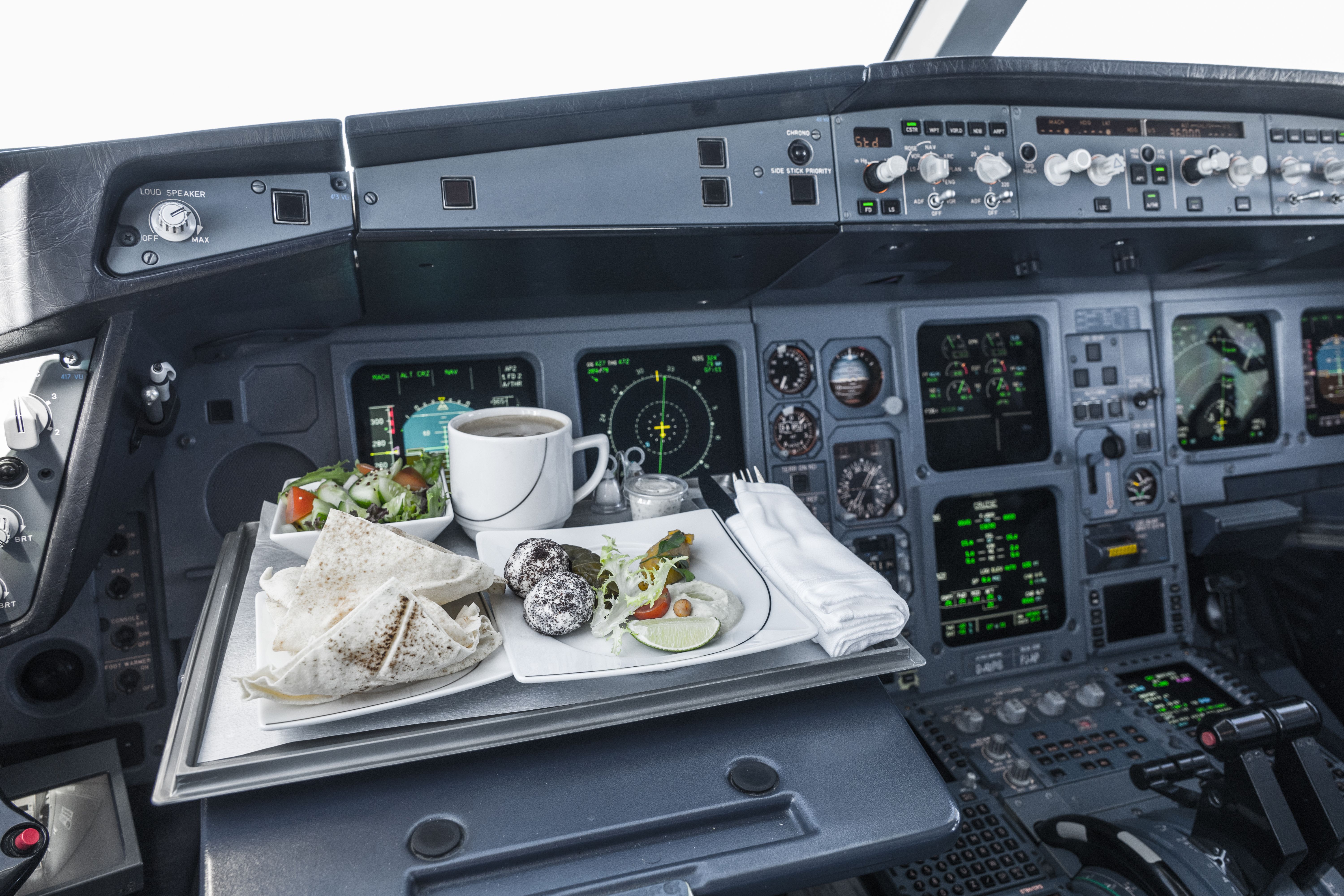
Related
Do Pilots Really Eat Different Meals On A Flight?
This is a widespread story – but, is it true?
Snacks and costs
Although some airlines still serve peanuts onboard, due to their popularity, some airlines are offering alternative snacks, such as pretzels or chips onboard, due to occurrences of nut allergies. The fact that snacks must be cheap and can’t weigh much is a significant consideration for any airline.
Photo: Michael Doran I Simple Flying
American Airlines found that they could save over $100,000 a year just by removing one olive from passengers’ salads.
Water
Drinking water is crucial for hydration on a flight. The cabin air is arid and encourages the body to lose water. A minimum of 0.25 liters of water should be drunk every hour. The lavatories have extra drinking water, and some aircraft have drinking fountains connected to a separate tank. The Airline Drinking Water policy was set up in 2011 to improve standards in water quality, but it’s always best to bring your own.
Photo: Wizz Air
Tomato juice
One of the most popular drinks onboard is tomato juice. Its strong taste and the mix of sweet, salty, sour, and umami make it a very satisfying option. However, with the change in cabin pressure, our sense of taste weakens, and our perception alters. We might never drink tomato juice on the ground but would happily drink it on a flight.
Cocktails
Most flight attendants have Worcestershire sauce and Tabasco in their bar cart to make the perfect bloody mary (it is also necessary for bland crew meals!) Add ice and lemon, sachets of salt and pepper, and a swizzle stick, and you’re good to go. The next most popular drink is the classic gin and tonic. The bitter, citrus taste and bubbly texture make it an ideal inflight drink.
Photo: Emirates
Tray service
Many flight attendants will hand you your drink on a tray from which you can take it. This can feel awkward, and some passengers take the tray away from you! This is just because flight attendants want to avoid touching the top or rim of the glass, which would not be hygienic.
Diet Coke
Although very popular with passengers, flight attendants hate Diet Coke as it takes so long to pour. The cabin pressure makes it very bubbly, so it takes three times the pouring time of a regular Coke. So, if a whole row of passengers would like Diet Coke, it’s better to start it by pouring a little into three glasses while it stops bubbling and can serve some other passengers in the meantime.
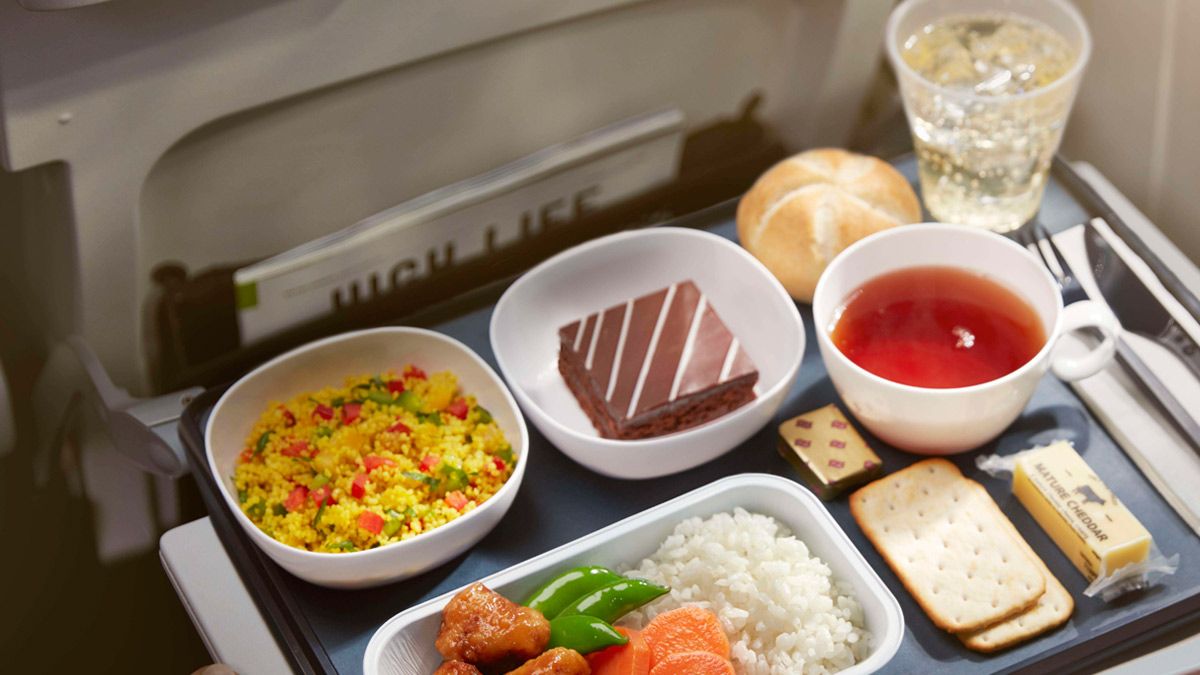
Related
Unlikely Fun Facts From The Wonderful World Of Airline Meals
Food tastes different at 36,000 feet.

